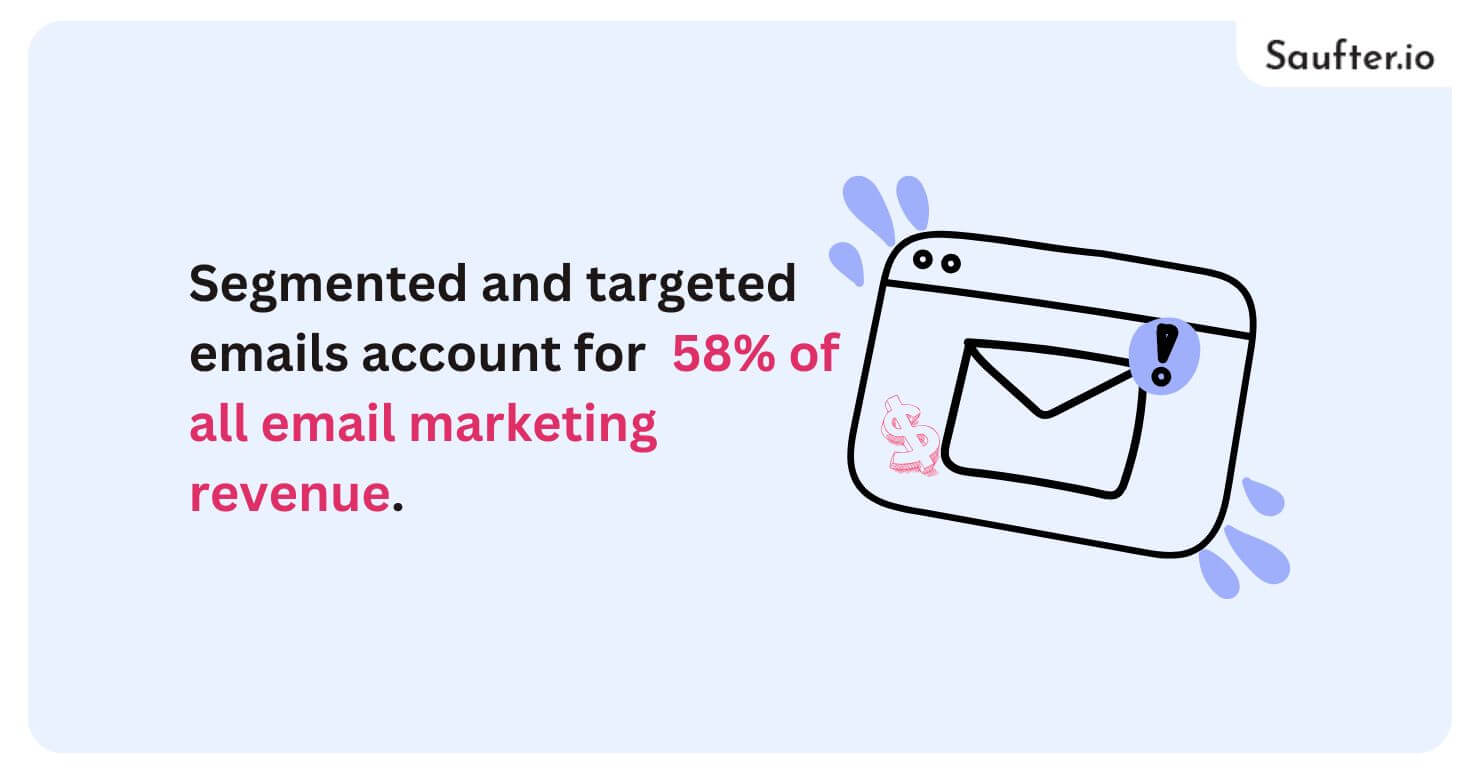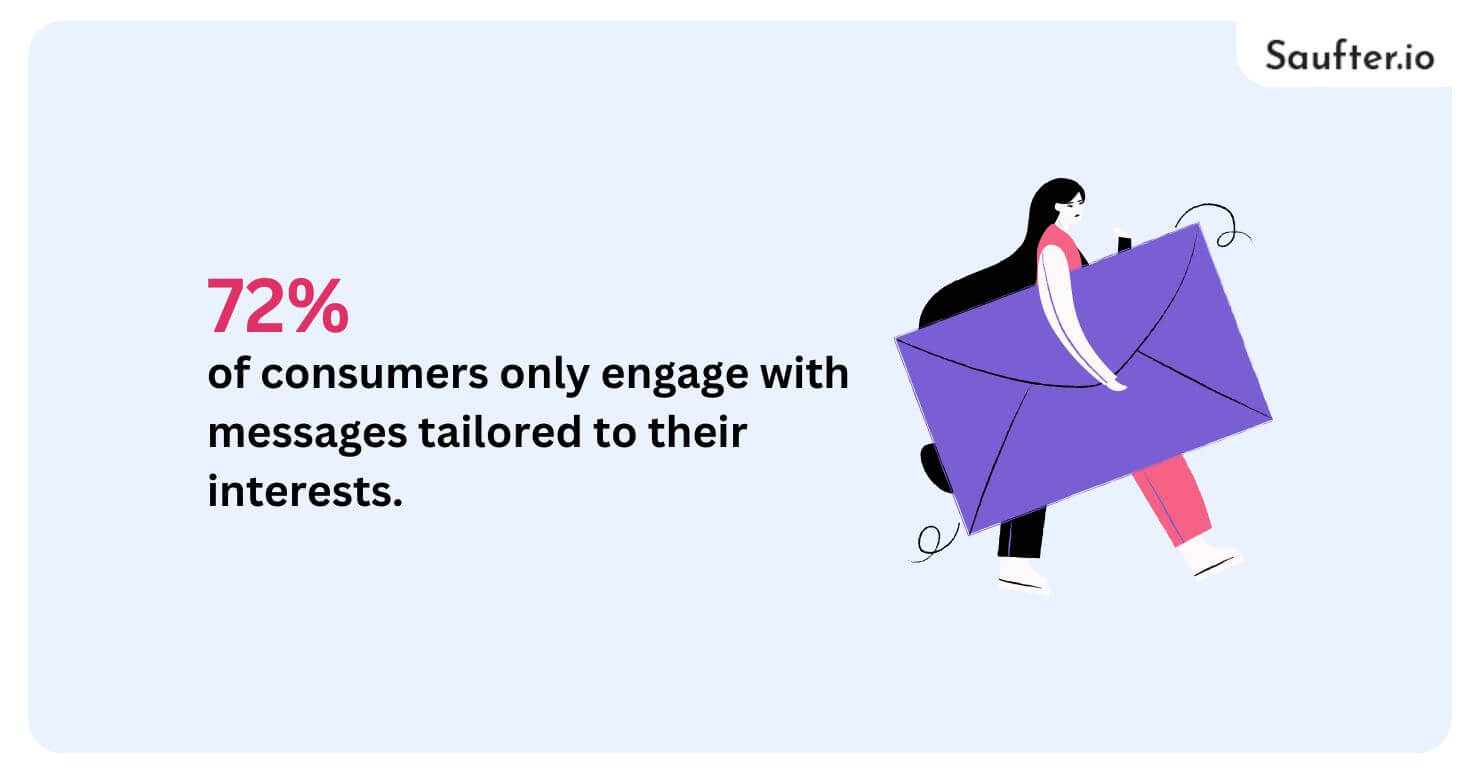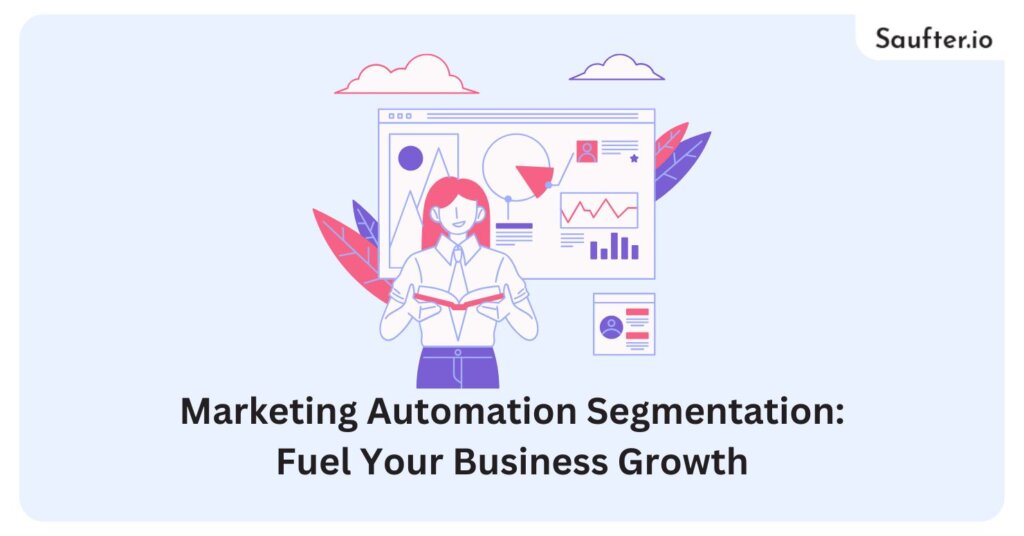Last Updated: January 2026
In today’s data-driven world, marketing automation segmentation has become a game-changer for businesses aiming to scale efficiently. By tailoring content and messaging to specific audience groups, brands can drive deeper engagement and higher conversion rates.
In fact, marketers using segmented campaigns experience a 760% increase in revenue. With marketing automation segmentation, you can send the right message to the right customer at the right time — all while saving time and resources.
This article will guide you through the power of marketing automation segmentation, why it matters, and how to use it to fuel your business growth.
What is Marketing Automation Segmentation?
Marketing automation segmentation refers to creating different subsets of your customer base using marketing automation software. The subsets can be based on a wide range of dimensions, such as demographics, behavior, purchase history, level of engagement, or any other data relevant to the marketing organization. Automated campaigns will cater targeted and personalized content to each segment.
Segmentation lets you send the right messages to the right people at the right time, rather than sending one generic message to everyone in your audience. A welcome email series can be customized in one way for new users and another way for returning customers, giving it much higher levels of engagement and conversion rates.
This improves customer experience and leads to increased efficiency, as marketers can automate and personalize at scale. Properly executed marketing automation segmentation enables businesses to increase open rates, click-through rates, and revenue.
4 Types of Marketing Segmentation
In order to fully unlock marketing automation, you need to know how to segment your audience properly. Stats show that segmented and targeted emails account for 58% of all email marketing revenue, showing just how important segmentation is.

Below are the four main types of marketing segmentation used in automation:
Demographic Segmentation
This type of segmentation organizes your audience based on characteristics such as age, gender, income, or education. For instance, a clothing brand can target females aged 25–40 with a promo on women’s apparel, ensuring more relevant and targeted messaging.
Behavioral Segmentation
When the audience can be identified based on user actions, such as purchase history, activity on the website, or engagement levels on emails, it allows for the tailoring of content based on the user’s intent. For example, a cart abandonment email can help re-engage users who didn’t finish a purchase.
Geographic Segmentation
Geographic segmentation groups customers by location, such as city, region, or climate. A travel company might advertise ski vacations to users in cold climates or tropical escapes to people in warm ones.
Psychographic Segmentation
This method is focused on lifestyle, values, and interests. A wellness brand could send wellness-related yoga content to users who already subscribe to any mindfulness or plant-based living, tailoring messages to their belief systems.
Advantages of Market Segmentation
Implementing marketing automation segmentation comes with a wide range of benefits that can significantly improve your marketing performance and business growth. So, let us have a look at some of the advantages of implementing automated segmentation into marketing:
1. Enhanced Personalization

With segmentation, you can create messages that cater to certain audience needs and behaviors. In fact, 72% of consumers only engage with messages tailored to their interests. So, personalization is a powerful engagement and customer satisfaction driver.
2. Higher Engagement Rates
When your content is relevant to a customer, they’re more likely to take action when they open and read it. Compared to non-segmented email campaigns, segmented email campaigns have always garnered a higher open and click-through rate.
3. Improved Conversion Rates
When you deliver the right message to the right group at the right time, then you’re also more likely to convert leads into customers. By segmenting campaigns, you can reduce friction in the customer journey by targeting specific pain points.
4. Better Customer Retention
By targeting existing customers with the right content and the right time, companies gain better relationships and loyalty. Segmenting your customers also allows you to provide value through the sales cycle.
5. Increased Marketing ROI
Segmentation enables more efficient marketing by eliminating wasted work on unqualified leads or nonapplicable messaging. Better targeting results in a better return on investment.
6. Smarter Automation Workflows
Segmentation lets you boost the power of marketing automation. It makes workflows more intelligent and dynamic. So a drip campaign can adapt based on a user’s behavior or demographic profile.
7. Actionable Insights
If you want to know how it works for a specific group, you can do it with segmented data insights. This allows marketers to refine their strategies and drive process improvements using data.
How to Get Started with Marketing Automation Segmentation
If you’re new to segmentation in marketing automation, it can seem daunting to get started. But if you break it down into baby steps, you can formulate a powerful, personalized campaign that has an impact.
Here’s how to get started:
1. Define Your Goals
Before starting with segmentation, ask yourself what exactly you want; e.g. increased conversions, engagement, or retention. What you want to achieve will dictate your segmentation and automation.
2. Choose the Right Marketing Automation Platform
Choose a tool that has strong features for segmentation. Popular solutions include Hubspot, ActiveCampaign, and Saufter. These offer intuitive segmentation based on different data points.
3. Collect and Organize Customer Data
Combine data from different sources like website activity, email engagement, previous purchases, and CRM data. If your data is as accurate as possible, your segments will also work better.
4. Create Meaningful Segments
Optimize targeting based on shared characteristics. Focus on broad segments (e.g. new vs. returning customers), and then disaggregate based on behaviors, profiling, or interests as the data becomes available.
5. Build Automated Campaigns
Create personalized workflows for each segment. For example, send a welcome series to new subscribers or a product recommendation email to recent buyers. Automation ensures consistent and timely communication.
6. Test, Measure, and Optimize
Keep an eye on the performance of each segment. Employ analytics and A/B testing to adjust subject lines, messaging, and timing. As you gain insights over time, use those to optimize your segments and campaigns.
Marketing Automation Use Cases
Marketing automation segmentation is not just collecting and grouping data — it’s using the data to create more intelligent and effective campaigns. Segmentation has a huge impact in the following common and powerful use cases:
1. Welcome Email Series
Add any new subscribers to a component and trigger a personalized onboarding sequence. You can segment based on how they subscribed, what they are interested in or what their geographic location is.
2. Abandoned Cart Recovery
Set up trigger-based emails to get the users who abandoned the cart to convert. Use product type or cart value for more precise segmentation for your campaigns. Statistics show that cart abandonment emails can retrieve 10% of lost sales.

3. Product Recommendations
Apply the principle of behavioral segmentation to recommend items based on previous purchases or the content they have browsed. It results in more conversions and increased average order value.
4. Re-Engagement Campaigns
Find dormant users and send win-back emails tailored to them. Customize your messaging based on how long they’ve been inactive or what products they last viewed.
5. Event or Webinar Invitations
You can segment users based on location, job title, or past attendance and send out invitations that feel relevant. This increases attendance and engagement with students.
6. Upselling and Cross-Selling
Upsell add-on items or more expensive options to your buyers. Segmentation helps to make sure you’re providing relevant information, not just random promotions.
7. Customer Feedback and Reviews
Automate review requests or feedback surveys after a specific action (e.g., making a purchase or speaking with support). By segmenting it as per satisfaction score or product category, you get depth to your feedback.
Saufter: Best Personalized Email Marketing Automation Software

Saufter is a powerful AI-driven email marketing platform that personalizes campaigns based on user behavior, competitor analysis, and engagement data. Ideal for SaaS and e-commerce, it tracks user activity, identifies drop-offs, and triggers smart campaigns that drive conversions.
For SaaS, it monitors feature usage during trials and sends in-app or email nudges to guide users toward key features. For e-commerce, it tracks browsing, purchase behavior, and cart activity to suggest relevant products and automate follow-ups like cart abandonment or order updates.
With cohort suggestions, industry-based newsletters, and behavior-driven automation, Saufter boosts deliverability and engagement effortlessly—making it a top choice for personalized email marketing.
Conclusion
Marketing automation segmentation is a game-changer for businesses aiming to drive meaningful engagement and higher conversions. Stats show, segmented email campaigns achieve a 100.95% higher click-through rate than non-segmented ones—proof that tailored communication works.

With intelligent tools like Saufter, you can elevate your marketing automation segmentation strategy. Saufter uses AI to analyze customer behavior, segment audiences effectively, and personalize campaigns based on real-time data.
Whether you’re in SaaS or e-commerce, Saufter helps you unlock the full potential of segmented marketing to fuel business growth.
















